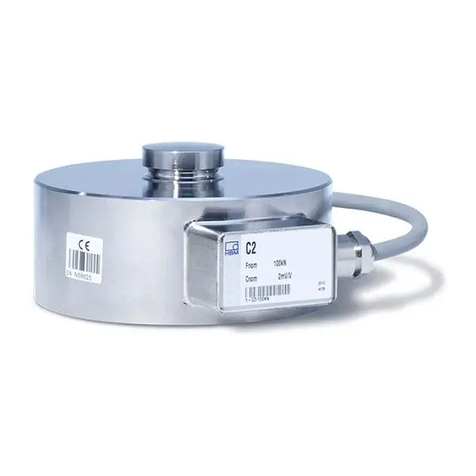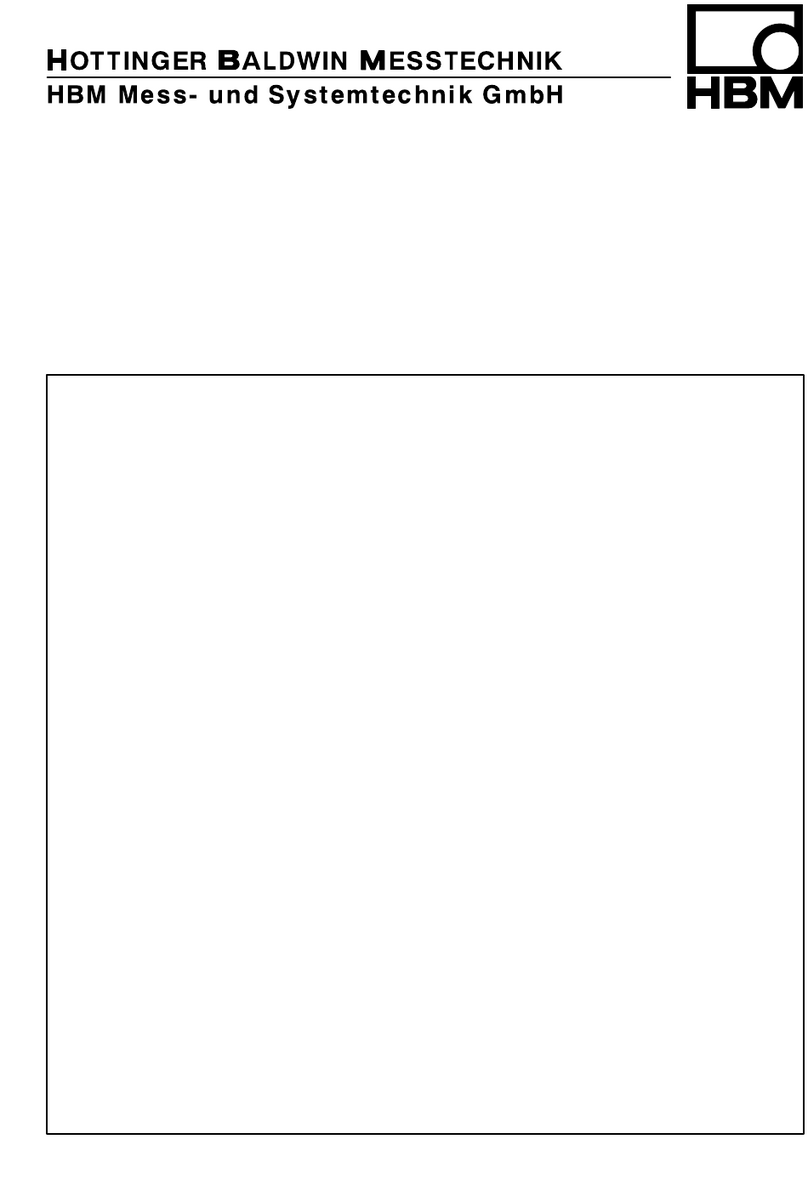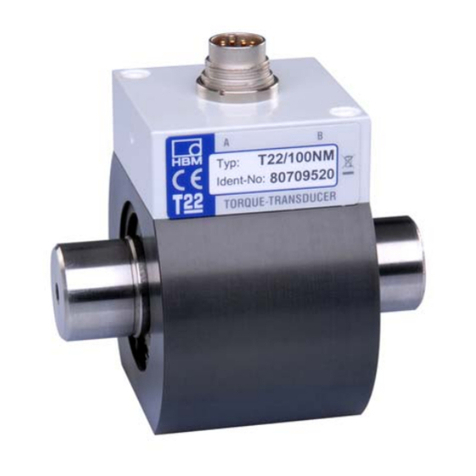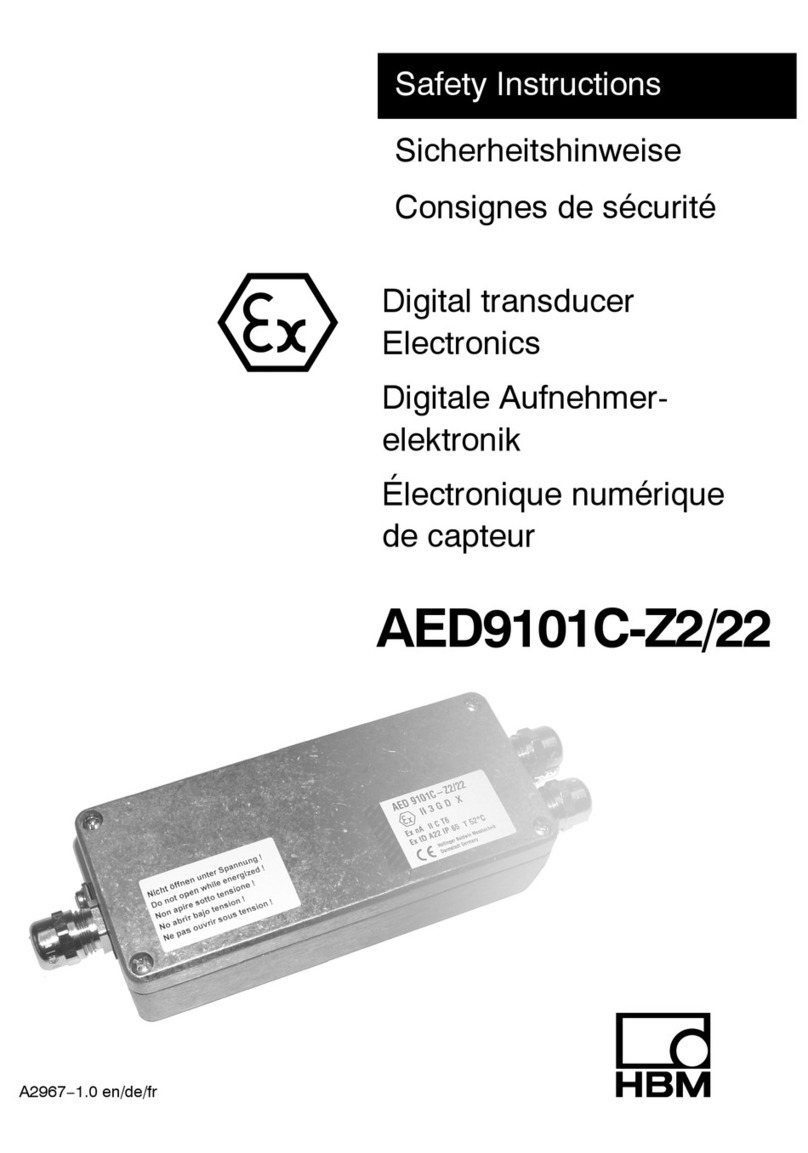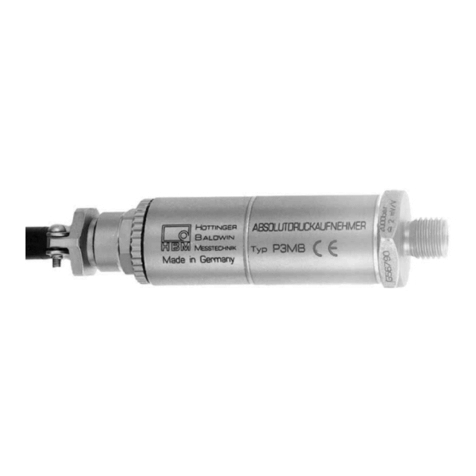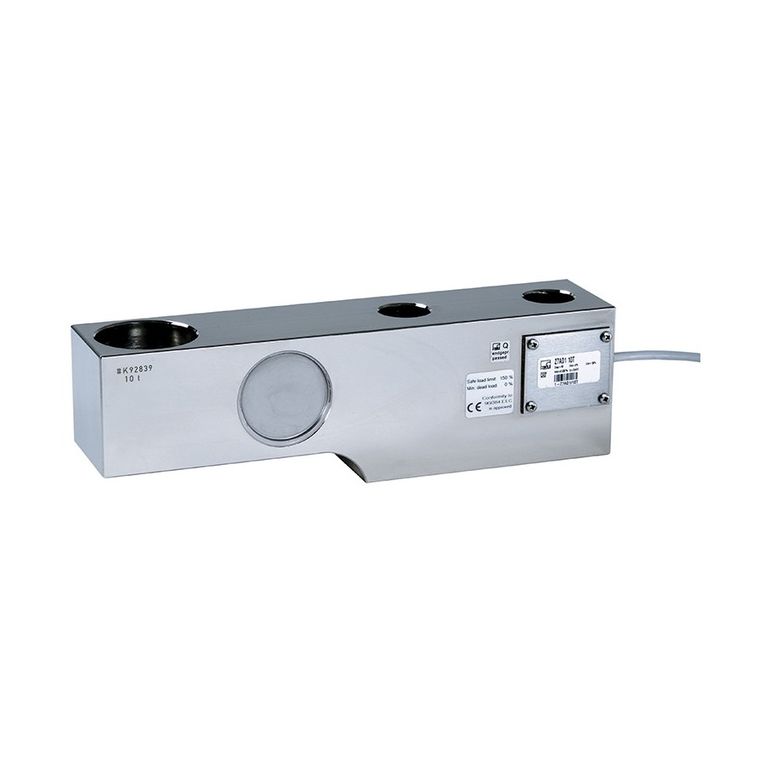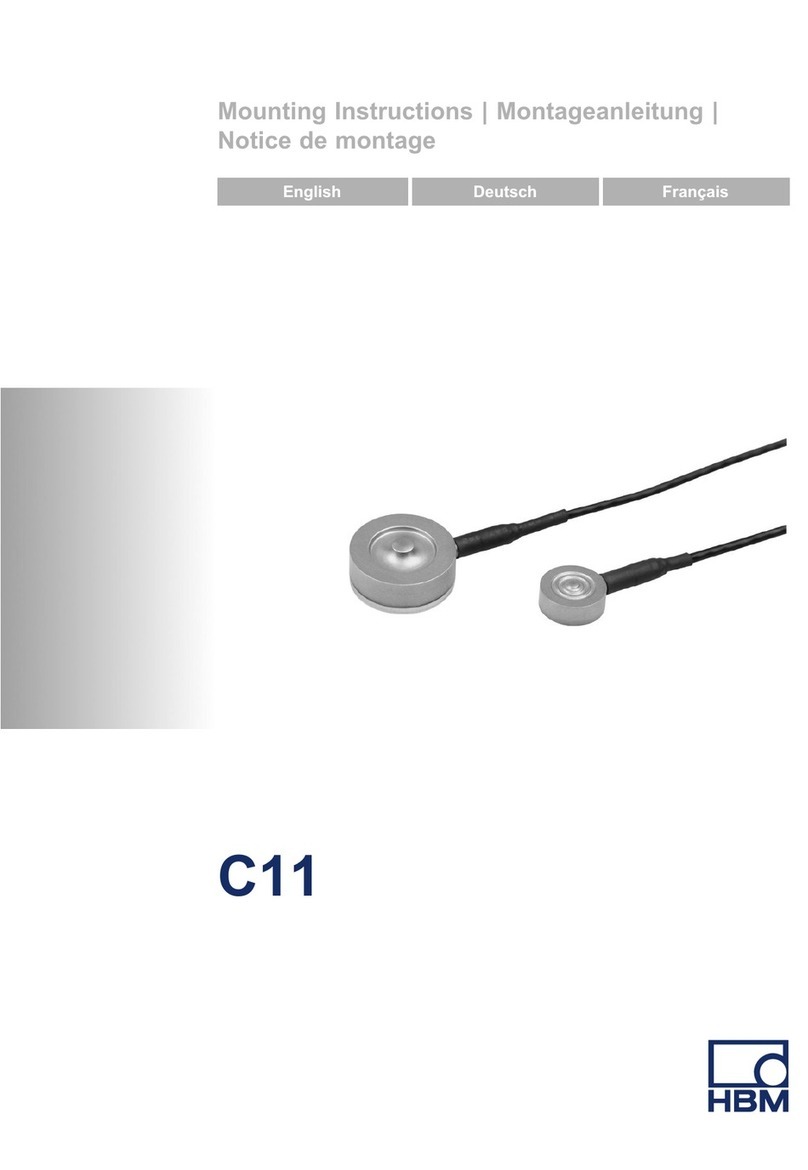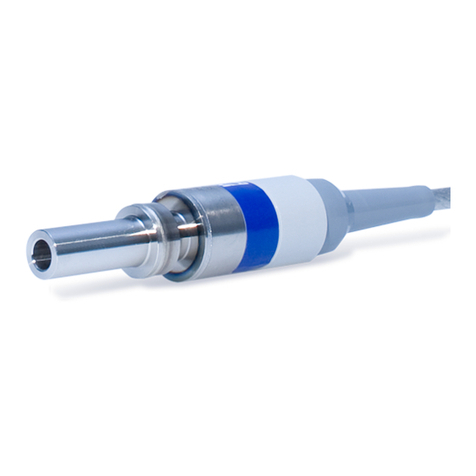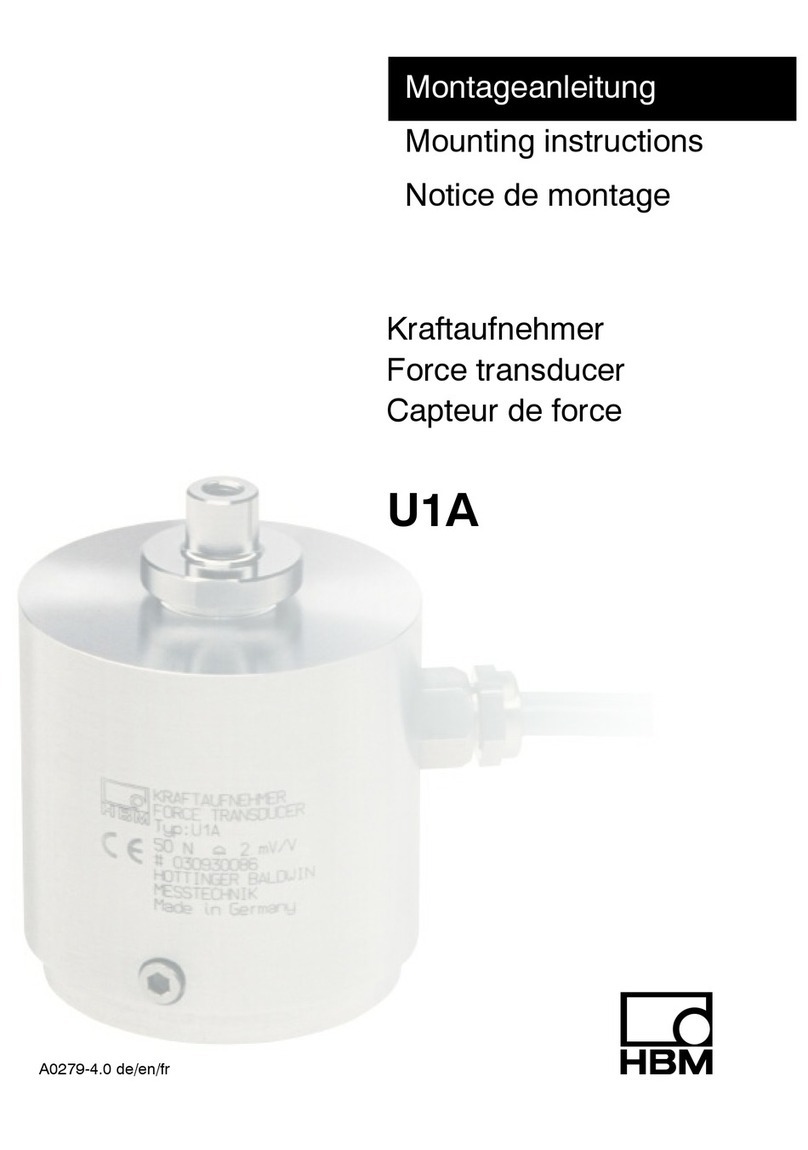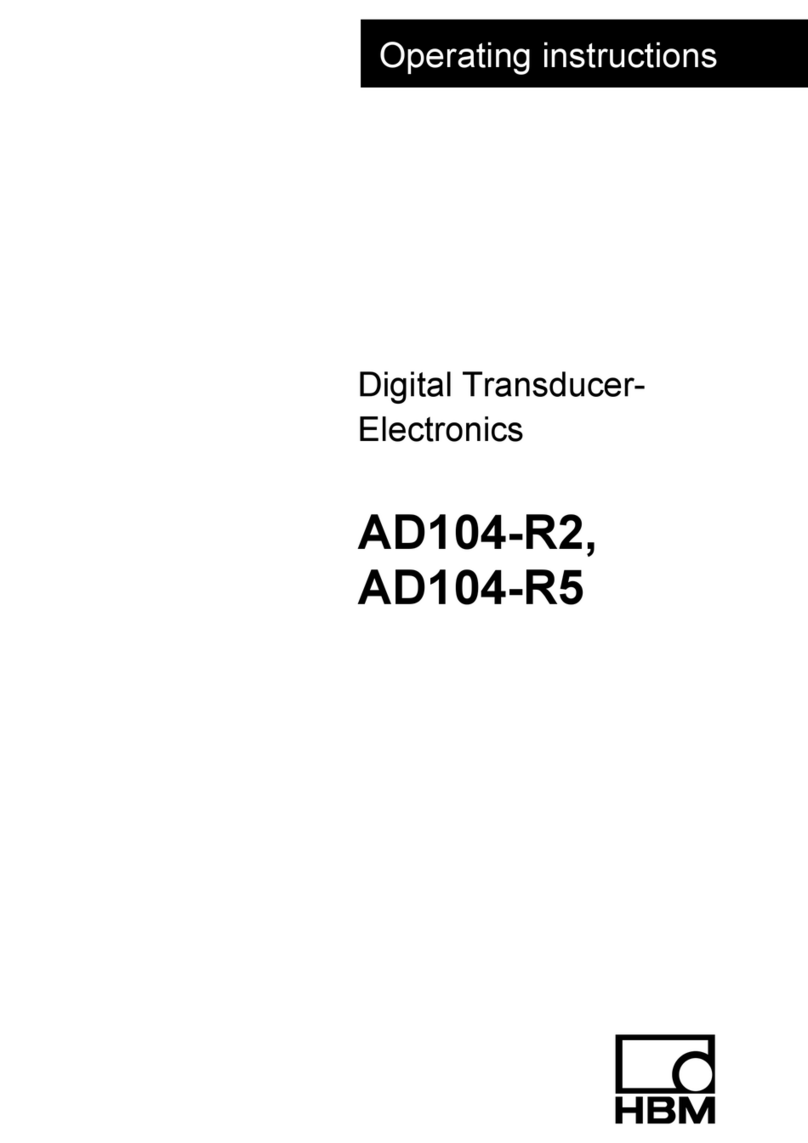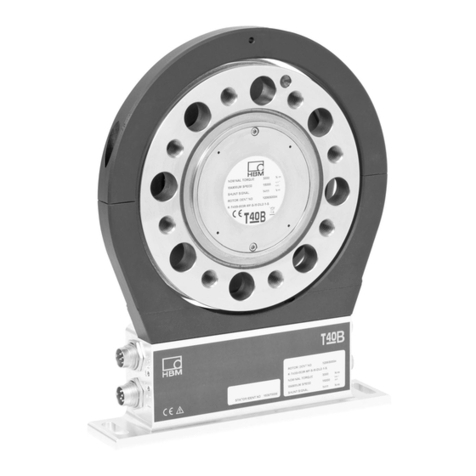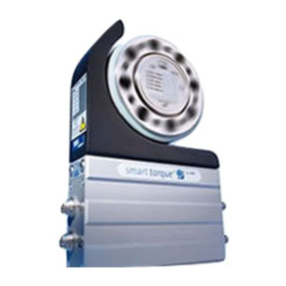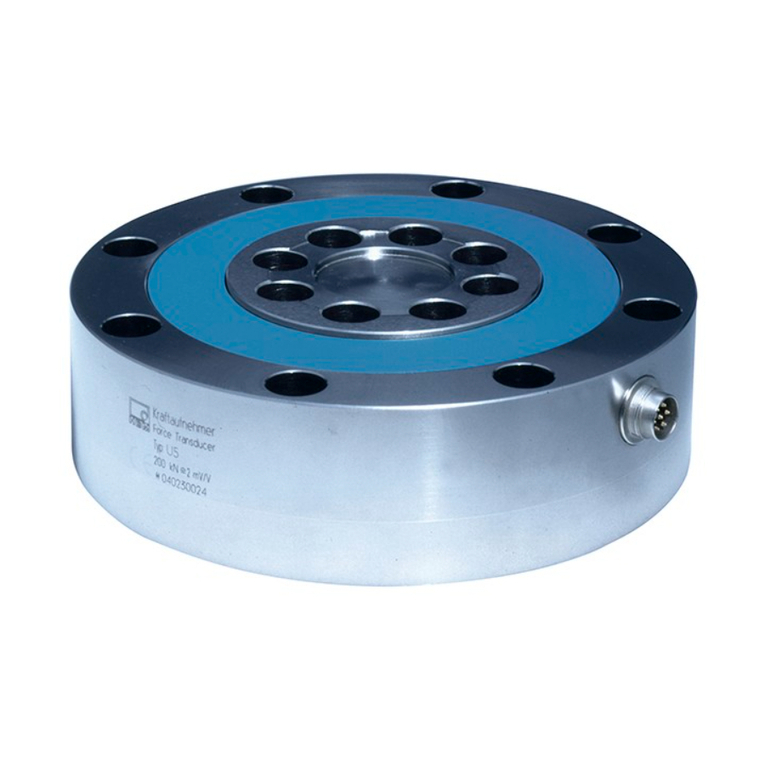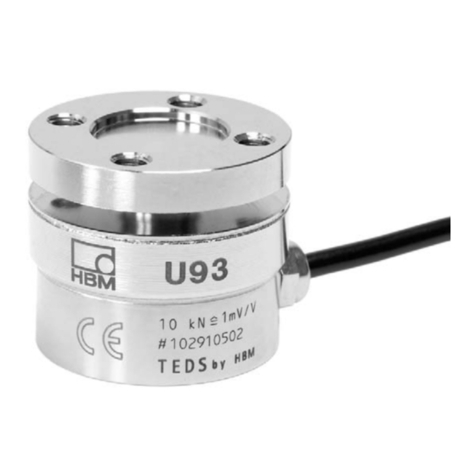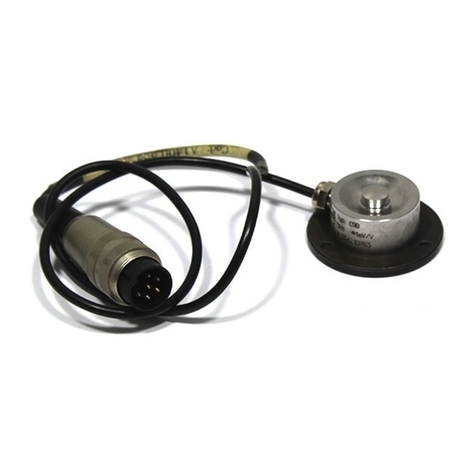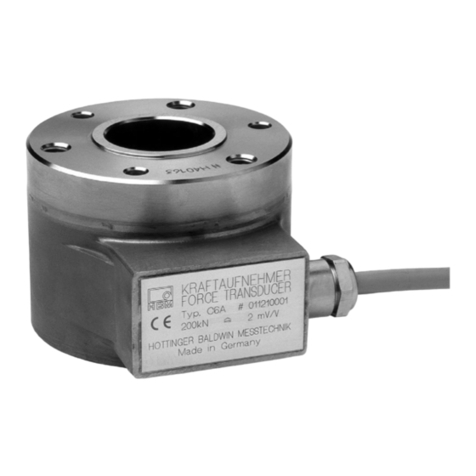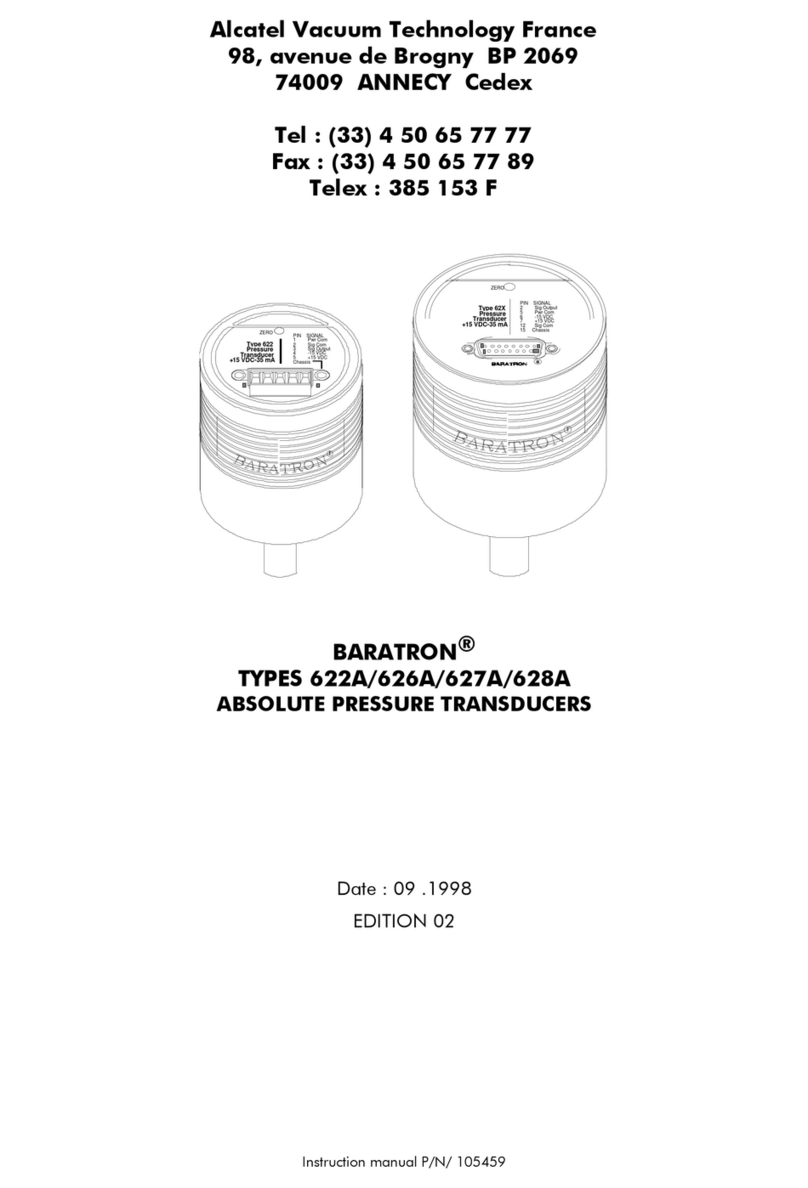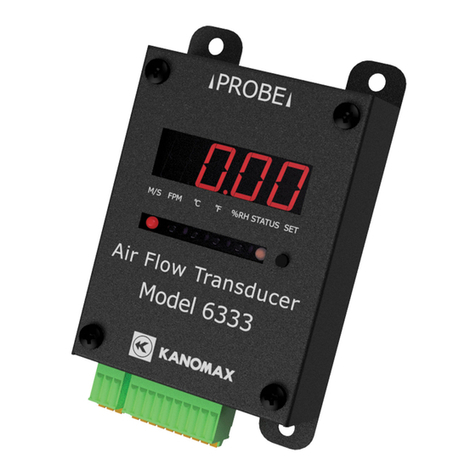
Safety instructions
4A3815-1.4 HBM: public U9C
Use as a machine element
The force transducers can be used as machine elements. When used in this
manner, note that to favor greater sensitivity, force transducers were not
designed with the safety factors usual in mechanical engineering. Please refer
here to the section "Loading capacity limits" and to the specifications.
Accident prevention
The prevailing accident prevention regulations must be taken into account,
even though the breaking force values in the destructive range are well in
excess of the full scale value.
Additional safety precautions
The force transducers cannot (as passive transducers) implement any
(safety‐relevant) cutoffs. This requires additional components and constructive
measures for which the installer and operator of the plant is responsible.
In cases where a breakage or malfunction of the force transducer would cause
injury to persons or damage to equipment, the user must take appropriate
additional safety measures that meet at least the applicable safety and acci
dent prevention regulations (e.g. automatic emergency shutdown, overload
protection, catch straps or chains, or other fall protection).
The layout of the electronics conditioning the measurement signal should be
such that measurement signal failure does not cause damage.
General dangers of failing to follow the safety instructions
The force transducers are state-of-the-art and reliable. Transducers can give
rise to residual dangers if they are incorrectly operated or inappropriately
mounted, installed and operated by untrained personnel. Every person involved
with siting, starting-up, operating or repairing a force transducer must have
read and understood the mounting instructions and in particular the technical
safety instructions. The force transducers can be damaged or destroyed by
non-designated use of the force transducer or by non-compliance with the
mounting and operating instructions, these safety instructions or other applica
ble safety regulations (BG safety and accident prevention regulations) when
using the force transducers. A force transducer can break, particularly in the







